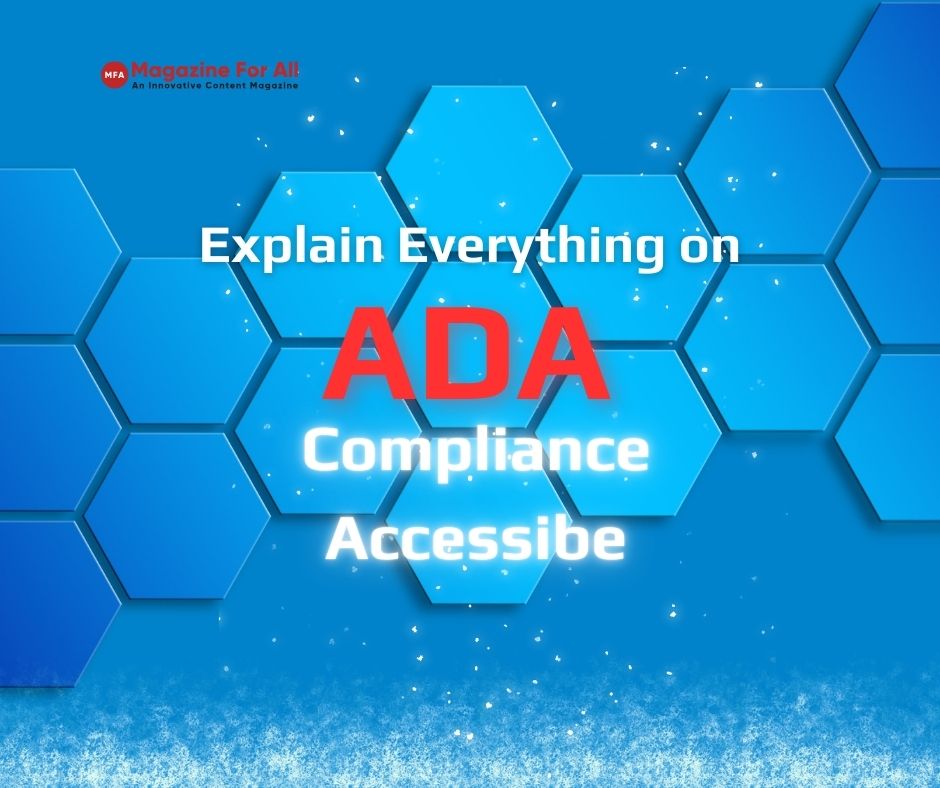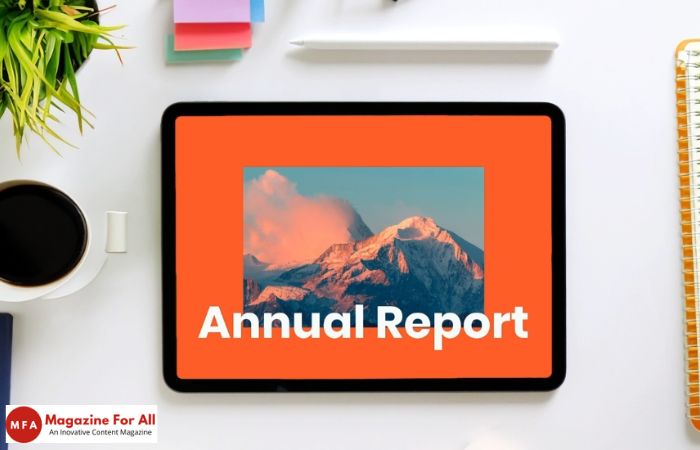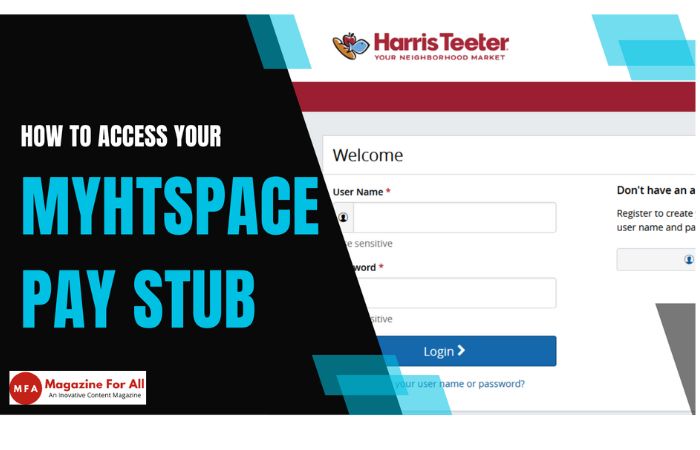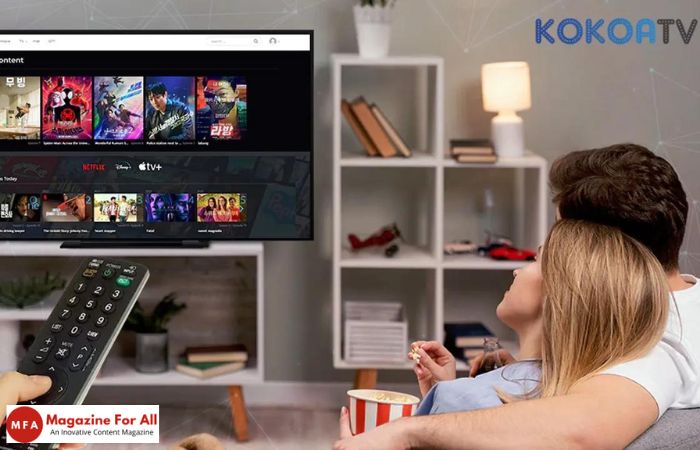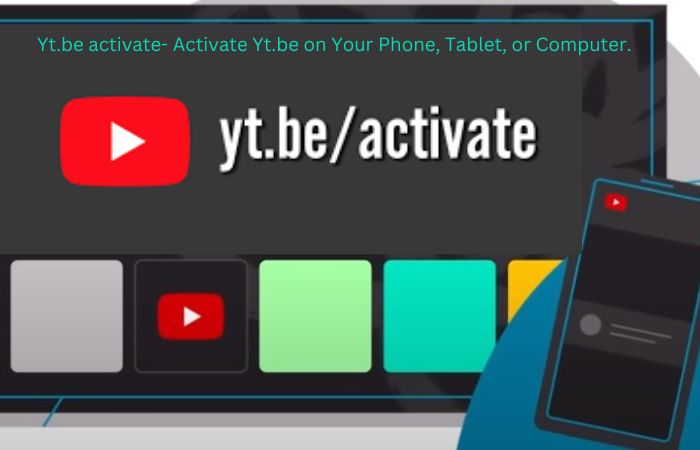In today’s evolving job market, the gig economy is rapidly expanding. More and more individuals are choosing freelance work or short-term projects, embracing its flexibility and independence. While the gig economy provides benefits like having control over one’s schedule and working on projects, it also poses unique challenges in engaging employees.
Recognizing that traditional management methods fall short, companies now turn to employee engagement software to bridge this gap. Thus, many good software like Qooper, Bites Learning, Thinkific, and others help companies revolutionize employee engagement.
Table of Contents
Understanding the Gig Economy
Before delving into employee engagement software designed for the economy, it’s essential to grasp what the gig economy entails. The term “gig economy” refers to a labor market where short-term contracts or freelance work take precedence over employment. Gig workers, often referred to as freelancers, independent contractors, or consultants, are hired on a project-by-project basis and lend their expertise or services to organizations.
The Complexities of Engaging Gig Workers
While the gig economy provides flexibility and autonomy, effectively engaging workers can challenge employers. Unlike other employees, gig workers typically lack a sense of loyalty or long-term commitment toward any specific company.
Consequently, this can lead to a decrease in their level of commitment and willingness to go the mile. Such disengagement can negatively impact productivity, quality, and overall customer satisfaction.
Employee Engagement Software As A Solution
Companies are adopting employee engagement software tailored explicitly for the gig economy to tackle the challenges workers face in terms of engagement. This software encompasses features and tools aimed at fostering connections, providing support, and acknowledging the contributions made by gig workers.
Virtual Collaboration Platforms
One feature of employee engagement software designed for workers is virtual collaboration platforms. These platforms enable workers to connect and collaborate with their colleagues regardless of their location.
They facilitate real-time communication and allow gig workers to participate in team discussions, actively share ideas, and provide updates on their progress. This helps create a sense of belongingness and inclusion despite not having an office space.
Performance Management and Feedback Tools
Another aspect of employee engagement software for the economy is performance management and feedback tools. These tools empower employers to establish goals, monitor progress, and offer feedback to workers regarding their performance.
Employers should establish expectations and provide constructive feedback to motivate workers and help them enhance their skills.
Programs for Recognition and Rewards
Employers must acknowledge the efforts and achievements of workers to ensure their engagement and satisfaction. Employee engagement software designed for the economy often incorporates recognition and rewards programs, enabling employers to commend and celebrate the valuable contributions made by gig workers.
Whether it is an expression of gratitude through an email or a monetary reward, recognition programs contribute to fostering a work culture while motivating gig workers to excel in their respective roles.
Opportunities for Training and Development
Another method of engaging workers is by offering them training and development opportunities. Employers can grant access to courses, webinars, and other educational resources through employee engagement software.
By investing in the growth and development of workers, companies enhance their skills and demonstrate their commitment to supporting their professional advancement.
Performance Analysis and Surveys
Employee engagement software tailored for the economy often includes features such as performance analytics and surveys to improve levels of engagement and satisfaction continuously. These functionalities enable employers to measure, analyze, and identify trends based on engagement data, thereby making decisions driven by data.
Furthermore, it is important to utilize surveys as a means of gathering feedback from workers, ensuring that their perspectives are valued and their concerns are addressed.
Conclusion
The gig economy has become a part of our society, and organizations must adjust their approaches to employee engagement accordingly. Employers can overcome the unique challenges of engaging gig workers by utilizing employee engagement software explicitly designed for the economy. Companies can foster a work environment that promotes engagement, well-being, and success through virtual collaboration platforms, performance management tools, recognition initiatives, training opportunities, and performance analytics.
Related post: Modern Business Branding: The Impact of GIF Compressors on Digital Presence









